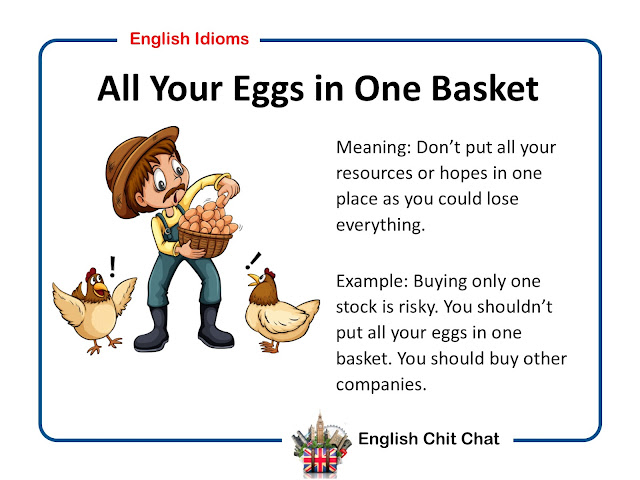My latest Youtube video introduces traditional British food.
If you like this video, please click 'like' and subscribe to my Youtube channel.
Here's the script of the video:
British food sometimes has a bad reputation abroad, but food in the UK is far from being bland. London is a great place for fine dining and many celebrity chefs, such as Jamie Oliver and Gordon Ramsay are British. While in any city in the UK you can find international restaurants with great food from all over the world, traditional British food is still popular at home and abroad. But what is traditional British food?
Let's start with breakfast. A full English breakfast might not be the healthiest way to start the day, but it certainly is the tastiest. A full English usually includes sausages, bacon, fried tomatoes, baked beans, eggs and buttered toast.
For lunch there is nothing more convenient than a sandwich. My favourite is a BLT, made with bacon, lettuce and tomato. Of course sandwiches are popular throughout the world, but this simple meal was invited by the Earl of... yes, you guessed it... the Earl of Sandwich. Sandwich is a town in the South East of England.
For an afternoon snack there's Westcountry cream tea. Scones with butter, jam and cream with a cup of tea. The British love to drink tea, but always with a little milk.
For dinner I'll introduce the top 5 traditional British meals.
#1. Roast beef. So popular that the French call the English Rosbif. It is served with roasted vegetables, potatoes and Yorkshire pudding, and covered in gravy.
#2. Fish and chips. The fish is usually cod or haddock which is deep fried in batter. Served with chips and mushy peas.
#3. Pie and chips. Popular pies are steak and kidney or steak and ale. Served with chips.
#4. Shephard's pie. My favourite. Made from minced lamb covered with mashed potato with cheese on top. Served with steamed vegetables. A similar dish is cottage pie which is made with beef instead of lamb.
#5. Toad in the hole. Sausages baked in Yorkshire pudding batter, served with gravy and roast vegetables. Umm... delicious.
That's the end of this quick introduction to British food. Tell me about the food from your country in the comments section.
Here's the script of the video:
British food sometimes has a bad reputation abroad, but food in the UK is far from being bland. London is a great place for fine dining and many celebrity chefs, such as Jamie Oliver and Gordon Ramsay are British. While in any city in the UK you can find international restaurants with great food from all over the world, traditional British food is still popular at home and abroad. But what is traditional British food?
Let's start with breakfast. A full English breakfast might not be the healthiest way to start the day, but it certainly is the tastiest. A full English usually includes sausages, bacon, fried tomatoes, baked beans, eggs and buttered toast.
For lunch there is nothing more convenient than a sandwich. My favourite is a BLT, made with bacon, lettuce and tomato. Of course sandwiches are popular throughout the world, but this simple meal was invited by the Earl of... yes, you guessed it... the Earl of Sandwich. Sandwich is a town in the South East of England.
For an afternoon snack there's Westcountry cream tea. Scones with butter, jam and cream with a cup of tea. The British love to drink tea, but always with a little milk.
For dinner I'll introduce the top 5 traditional British meals.
#1. Roast beef. So popular that the French call the English Rosbif. It is served with roasted vegetables, potatoes and Yorkshire pudding, and covered in gravy.
#2. Fish and chips. The fish is usually cod or haddock which is deep fried in batter. Served with chips and mushy peas.
#3. Pie and chips. Popular pies are steak and kidney or steak and ale. Served with chips.
#4. Shephard's pie. My favourite. Made from minced lamb covered with mashed potato with cheese on top. Served with steamed vegetables. A similar dish is cottage pie which is made with beef instead of lamb.
#5. Toad in the hole. Sausages baked in Yorkshire pudding batter, served with gravy and roast vegetables. Umm... delicious.
That's the end of this quick introduction to British food. Tell me about the food from your country in the comments section.













